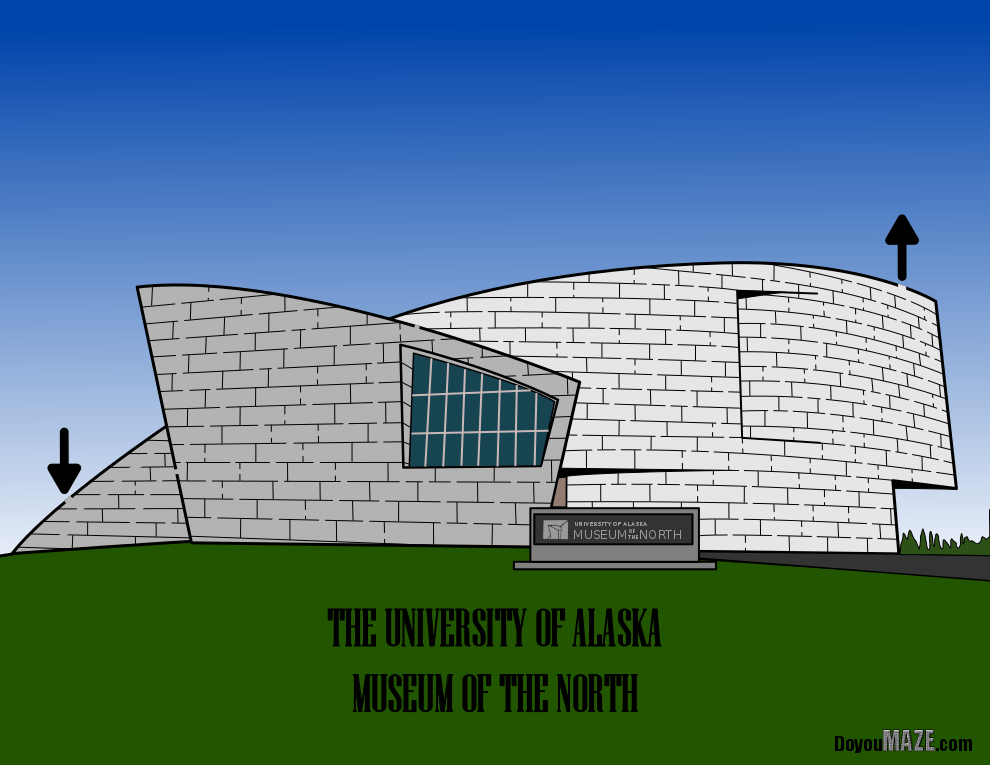This is one of the first mazes I made in perspective view vs. flat. It inspired me to try new ways of making future mazes. I find the architecture of this building to be wonderful. I don’t think I captured it in my initial maze and so I wanted to go back and try to improve it. Here is my original post for reference:
Maze of the Week #45 - Air Force Cadet Chapel Maze
Here are the enhancements I made to improve the maze:
1. Re-oriented the maze. I lowered the chapel on the page to show more sky.
2. Added a wall. I added some minor wall detail to the bottom of the maze so the building was no longer floating.
3. Added horizon elements. I added ground in the horizon at the back of the chapel and I added a building in the background bottom right. I also added a sky !
4. Start Goal Changed. Switched from arrows to START and GOAL written out. It fits better and looks better. Then I also changed the positions of each in the maze.
5. New Maze. As I made the changes I realized I wanted to re-do the maze - so it is completely new. In order to so this I extended various panels to create more of a grid like structure on the roof to make the maze. I also increased the pathway size through walls to make them easier to navigate.
6. New colorations. I colored the side window panels dark navy and changed the pane decoration to grey from black and white before to more accurately reflect the chapel. Changed the railing color from black to grey. And, oh yeah, I colored the entire maze !
7. Added many new details. I added new detailed inner window on front right of the church (previously this was left out). I added 3 sets of doors in front (previously shown as only blocks). I added a second hand rail on the front steps - previously I only had one set. I changed the internal panels (on the rook) from curved ends to flat ends to better reflect the actual building structure
8. Added branding. Added my branding to the bottom right corner (there was none before)
9. Title changes. Changed the font of title, reduced the size of location and added USA, while changing the color from black to white.
10. Added Shadows. A building like this has many shadows that make it more interesting so I added some.
And here is the before and after:


When you see a picture of the Chapel the white building pops against the blue sky background. I think this new version captures this. I prefer the new version by a wide margin.
Some data: The new file is 283MB from 99MB.
I will be replacing the homepage with the new maze going forward. You can find the maze download there !
If you like this type of content check out all of my case studies:
A Collection of Maze Design Case Studies to Improve your Mazes
What I've Learned Making Mazes
Happy maze-ing !










